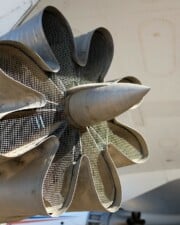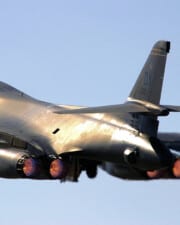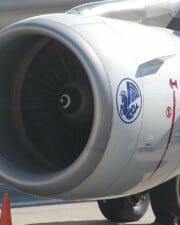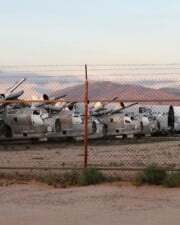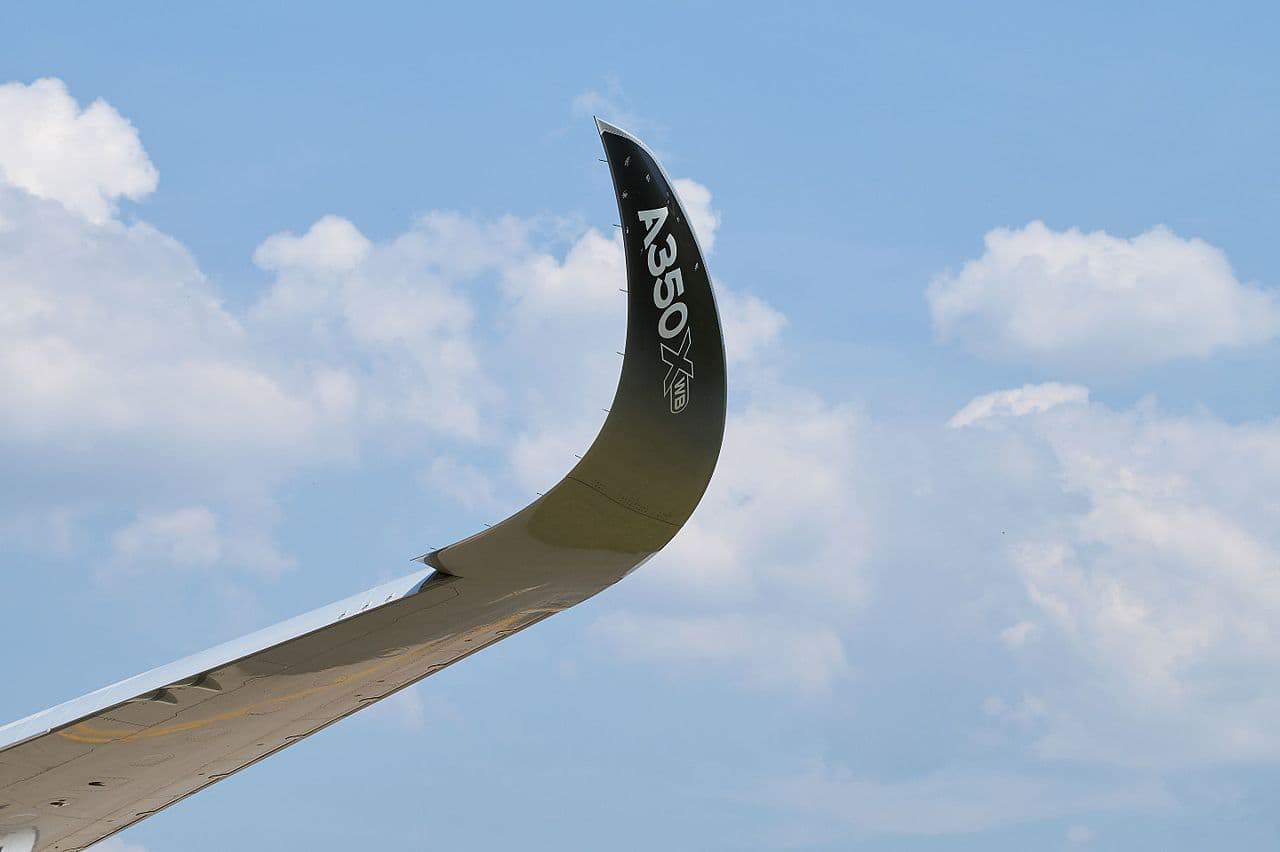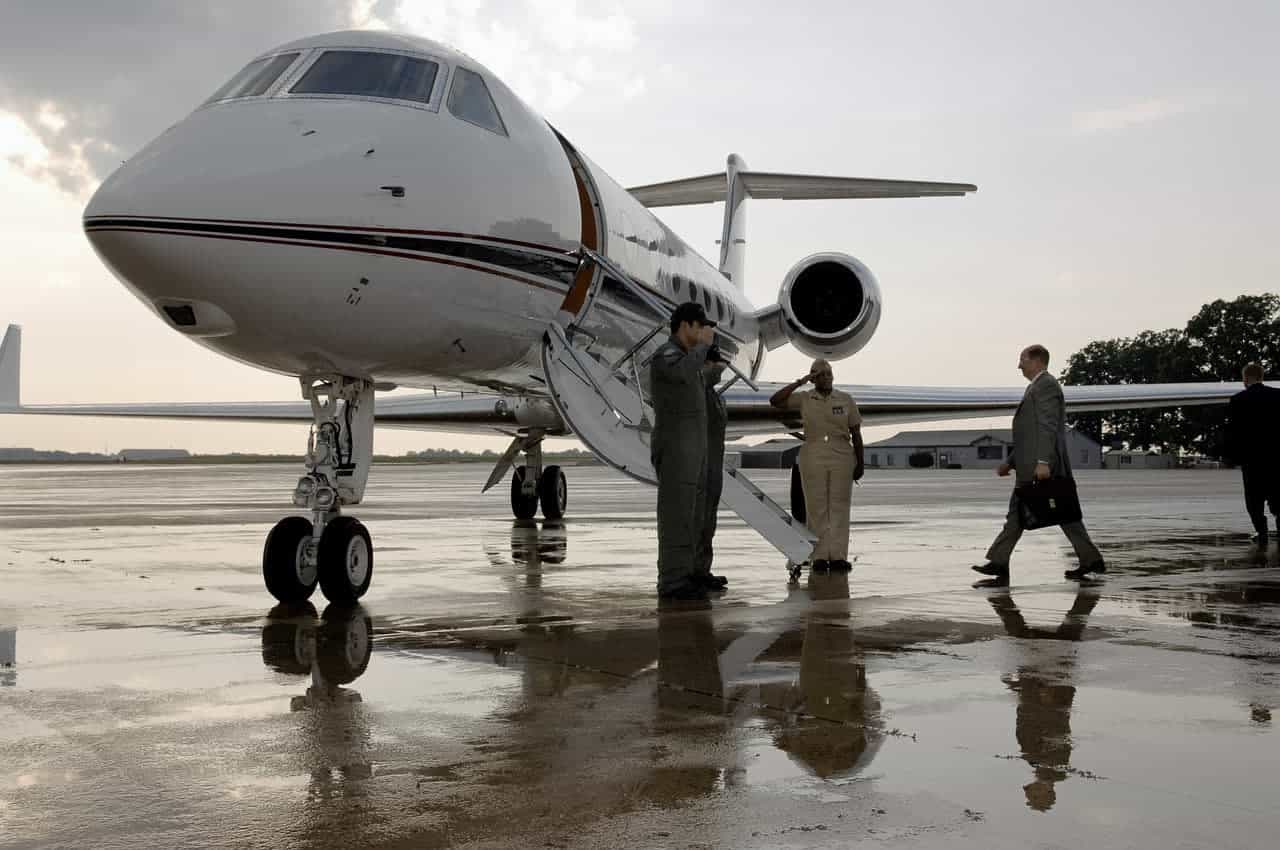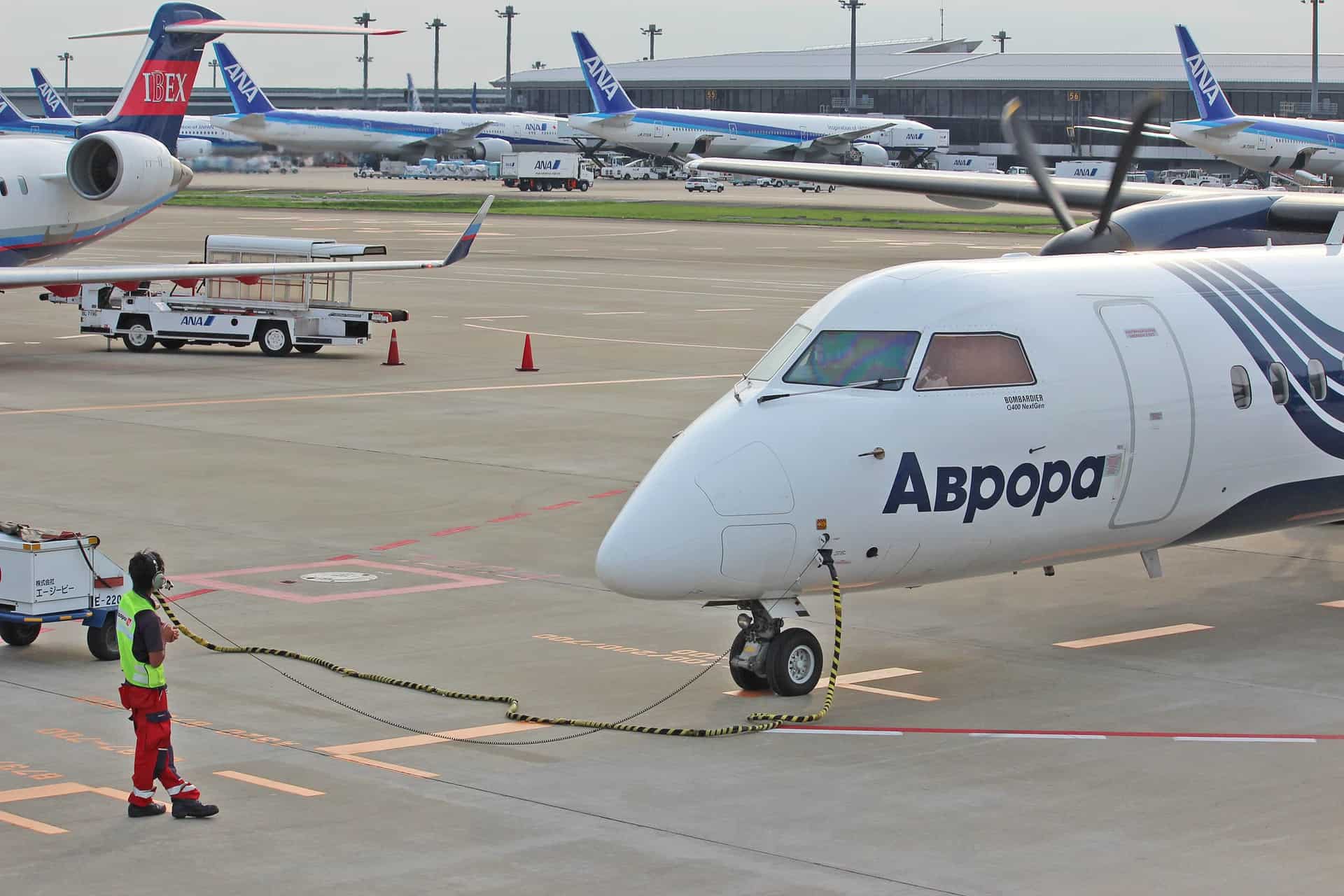In January 2009 the photo of a floating US Airways A320 was splashed on the front cover of every newspaper after it made an emergency landing in the Hudson River. But is this an exception to the rule? Or do all airplanes float on water?
An emergency landing on water is something that every pilot hopes to avoid, but if the worst should happen and you are forced ‘into the drink’, the airplane should stay afloat for at least a short while.
Most airplanes are riddled with holes for instruments and pressurization so they are neither air-tight or water-tight. But, providing they are not damaged on impact, most passenger jets are designed to float for long enough for an emergency evacuation to occur, which is roughly 90 seconds.
But this is not the case for all airplanes. A P-51 mustang, for instance, would sink within 1-2 seconds whereas a Boeing 377 Stratocruiser once floated for 20 minutes back in 1955, despite its tail breaking off during the landing.
Table of Contents
How Do Airplanes Stay Afloat?
Floatation generally relies on the pockets of air trapped within the aircraft cargo bay, fuel tanks and between the various skins of the aircraft. Airbus have however added a ‘ditching’ (forced water landing) function to their cabin pressure control systems in order to slow sinking.
Prior to ditching, Airbus operators advise that the crew press the ‘ditching’ button on the overhead control panel, which closes the outflow valves normally used for pressurization purposes. This seals the hull as best as possible to promote floatation.
Of course, this will only slow down the sinking process. If the hull has been breached, there is not much else the pilot can do except get the hell out of the aircraft!

Is It Hard To Land On Water?
Yes. Both literally and in difficulty. If a pilot had to make a forced landing on the ground, they would look for a flat field without any trees that is about the length of a runway. On water, the decision making is a little more complex.
Generally obstacles are not an issue, instead the pilot must judge the shape of the water to find a smooth area or one with very long swells and preferably into the wind.
As put by one pilot on Skybrary, the aim is to achieve ‘a combination of the lowest ground speed and the smoothest touchdown and does not run into the face of the swell will be the best ditching course.’
This sounds simple enough, but in rough, unpredictable conditions the waves and swells can be surprisingly violent. Even in calm winds, the touch down can be aggressive and bouncy, causing structural damage.
If the wings are not level, the wingtip could dig into the water and cause the aircraft to cartwheel. Water is an incompressible fluid, so hitting it at speed is like hitting concrete.
Propellers are likely to break up, the skin dented or the tail may even be broken off, depending on where the aircraft first touches the surface. If any of this breaches the fuselage, then the time until sinking is rapidly accelerated.

Miracle on the Hudson
US Airways flight 1594 struck a flock of birds after takeoff from New York’s La Guardia in 2009, causing dual engine failure. Unable to reach an airport, the A320 ditched in the Hudson river. This flight was coined the most successful ditching in aviation history.
Surviving a ditching is looked upon so dimly that it is rarely covered in training and so this scenario was not one the crew had practiced. Nonetheless, they managed to save all passengers and the landing was performed so skillfully that the aircraft remained largely intact.
The A320 relies largely on electrical power, supplied by the engines. When they had a dual engine failure, the crew used the APU to remain in the normal control law with all their navigation screens still functioning, reducing their workload and making sure they had full controllability of the aircraft.
As they approached the river’s surface they slowed right down and landed after 1 hard bounce. The crew that day ran out of time to perform checklists and prioritised the engine failure checklists before landing. This meant Captain Sullenberger never actually pushed the ditching pushbutton.
Rescue boats arrived within 4 minutes of impact and all crew and passengers were safely taken ashore. It’s a relief to see that even without the ‘ditching’ button the aircraft continued to float for well above the prescribed 90 seconds. Today, this flight is brought up regularly in aviation training as an excellent example of problem-solving and aviation skill.
What About Seaplanes?
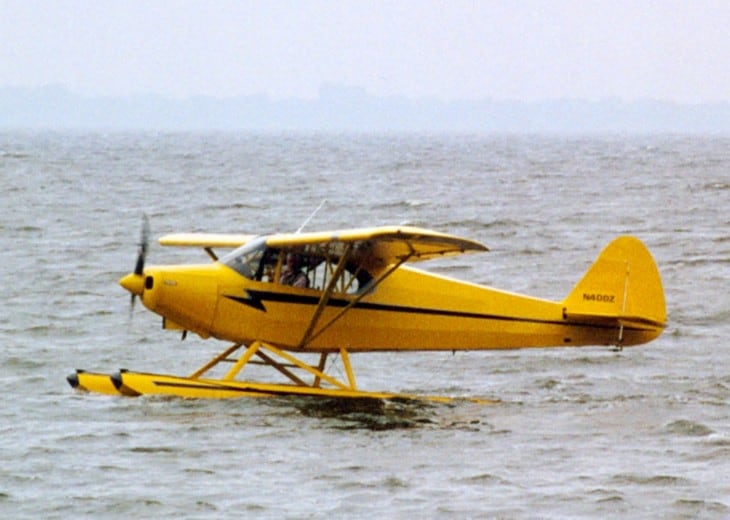
These aircraft differ from conventional aircraft in the sense that they are designed to land on bodies of water. Generally, they are split into two types: float planes and flying boats. The primary difference between them is which part of the aircraft touches the water.
A float plane has two pontoons fitted typically under each wing, whereas a flying boat lands on its fuselage with floats only as aids. Many of these aircraft are also amphibious, with retractable landing gears to enable them to land on both water and land.
The first powered flight by a seaplane occurred in 1910 and it has since become a very popular form of transport in areas with an abundance of lakes, such as Canada.
The largest flying boat ever built was the Hughes H-4 Hercules, aka the Spruce Goose. With a weight of over 136,000kg and 8 engines, it only ever made one flight but was an impressive feat of engineering nonetheless.
Are seaplanes dangerous?
Although still regularly used for fire-fighting and in remote areas, transport by seaplane can be very dangerous and has fallen out of favour since the Second World War.
Although floats work most of the time, if water does enter one or both pontoons, they will sink and drag the airplane down with them. Furthermore, a seaplane is often at the mercy of nature. Bodies of water are unpredictable and rough conditions can potentially overturn the plane.
By this logic, you’d be forgiven for thinking calm and glassy water would make a sea plane pilot’s life easier, but this has its own hazards. Since the wind is calm, takeoff distance is increased because the wings get no extra lift from the wind and the floats stick more tenaciously to the surface.
When landing, the featureless surface makes gauging altitude very difficult, and reflections can create confusing optical illusions.
With all this in mind, it is no wonder there have been so many accidents involving this type of airplane. Take a look at this video for a glimpse of how quickly things can go wrong on the water…
The Goldfish Club

There is a worldwide association known as The Goldfish Club for airmen who have survived water crashes with the aid of a life jacket or floatation device. The aim of the club was to share experiences of what it was like to survive ‘coming down in the drink’.
By the end of the Second World War the club had over 9000 members, and the club still accepts new applicants to this day.
References ▾
- https://www.aopa.org/training-and-safety/students/flighttestprep/skills/emergency-landings
- http://content.time.com/time/nation/article/0,8599,1872195,00.html
- https://www.faa.gov/regulations_policies/handbooks_manuals/aviation/seaplane_handbook/media/faa-h-8083-23-2.pdf
- https://www.thestar.com/vancouver/2019/05/14/you-are-at-the-mercy-of-nature-experts-warn-of-float-plane-risks-after-latest-deaths-in-alaska.html
Related Posts


